Well, probably there is some specific in which exactly ChildView and ParentView, because as tested below (Xcode 11.2 / iOS 13.2) child view gesture just overrides parent view gesture.
Here is demo.. tapped in yellow area, then tapped in green area - no mix callbacks

Complete module code
import SwiftUI
struct TestGesturesPriority: View {
var body: some View {
VStack {
Text("Hello, World!")
.padding()
.background(Color.yellow)
.gesture(TapGesture().onEnded {
print(" -- child")
})
}
.frame(width: 400, height: 400)
.background(Color.green)
.gesture(TapGesture().onEnded {
print(">> parent")
})
}
}
Update: variant for List-Row
Yeees... List (Parent) - Row (Child) case appeared very challenging... please find below approach, it looks weird but tested & works
struct TestGesturesPriority: View {
let parentGesture = TapGesture().onEnded { // just for convenience
print(">> parent")
}
@GestureState private var captured = false
var body: some View {
List {
Text("Hello, World!").padding()
.background(Color.yellow)
.allowsHitTesting(true)
.gesture(DragGesture(minimumDistance: 0) // mimic Tap
.updating($captured, body: { (value, state, transaction) in
state = true // mark captured (will be reset automatically)
})
.onEnded { value in
// like Tap, but can be ignored if delta
// is large or out of view
print(" -- child")
}
)
}
.gesture(parentGesture, including: captured ? .subviews : .gesture)
}
}
To summarise - actually I think it is another List defect
